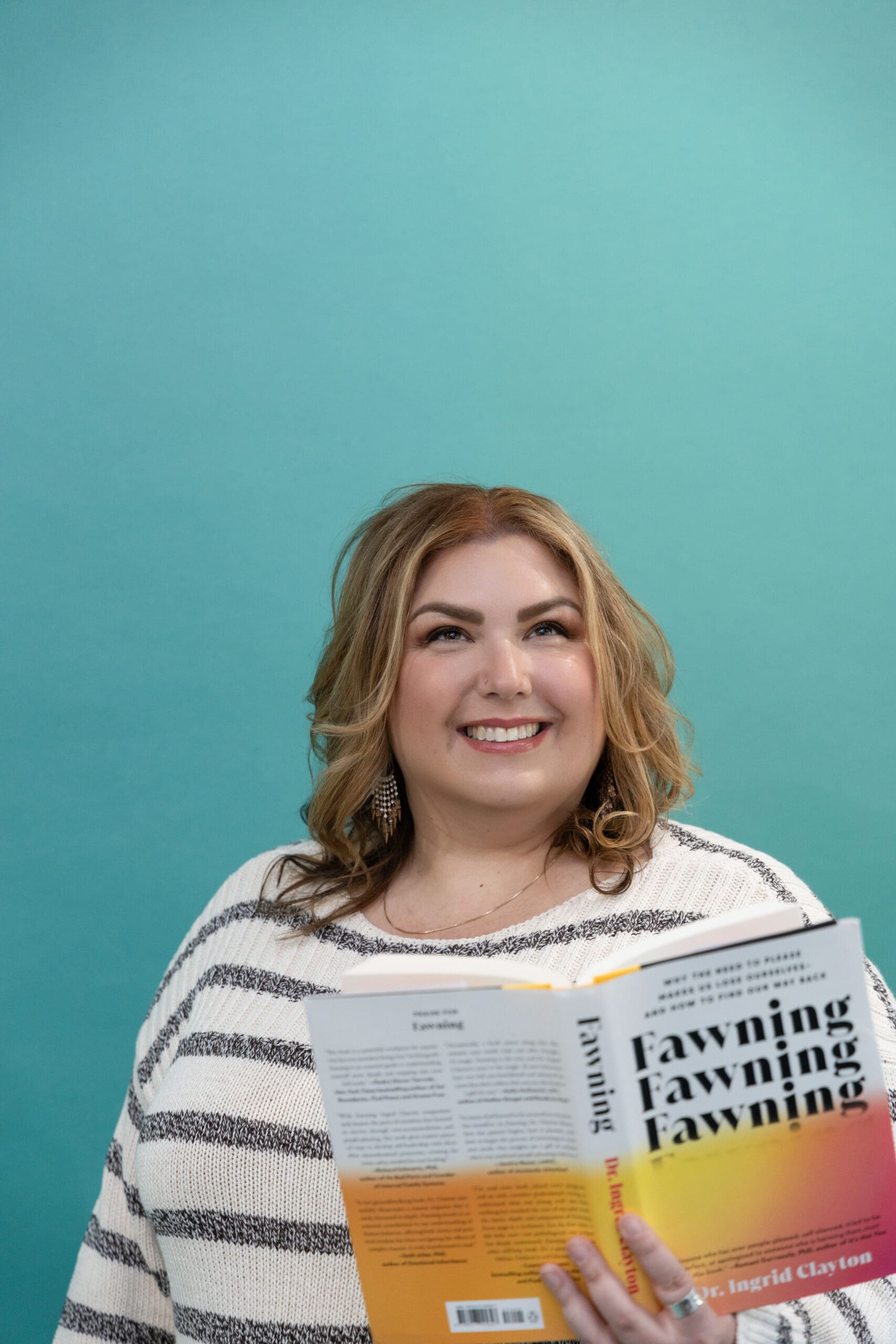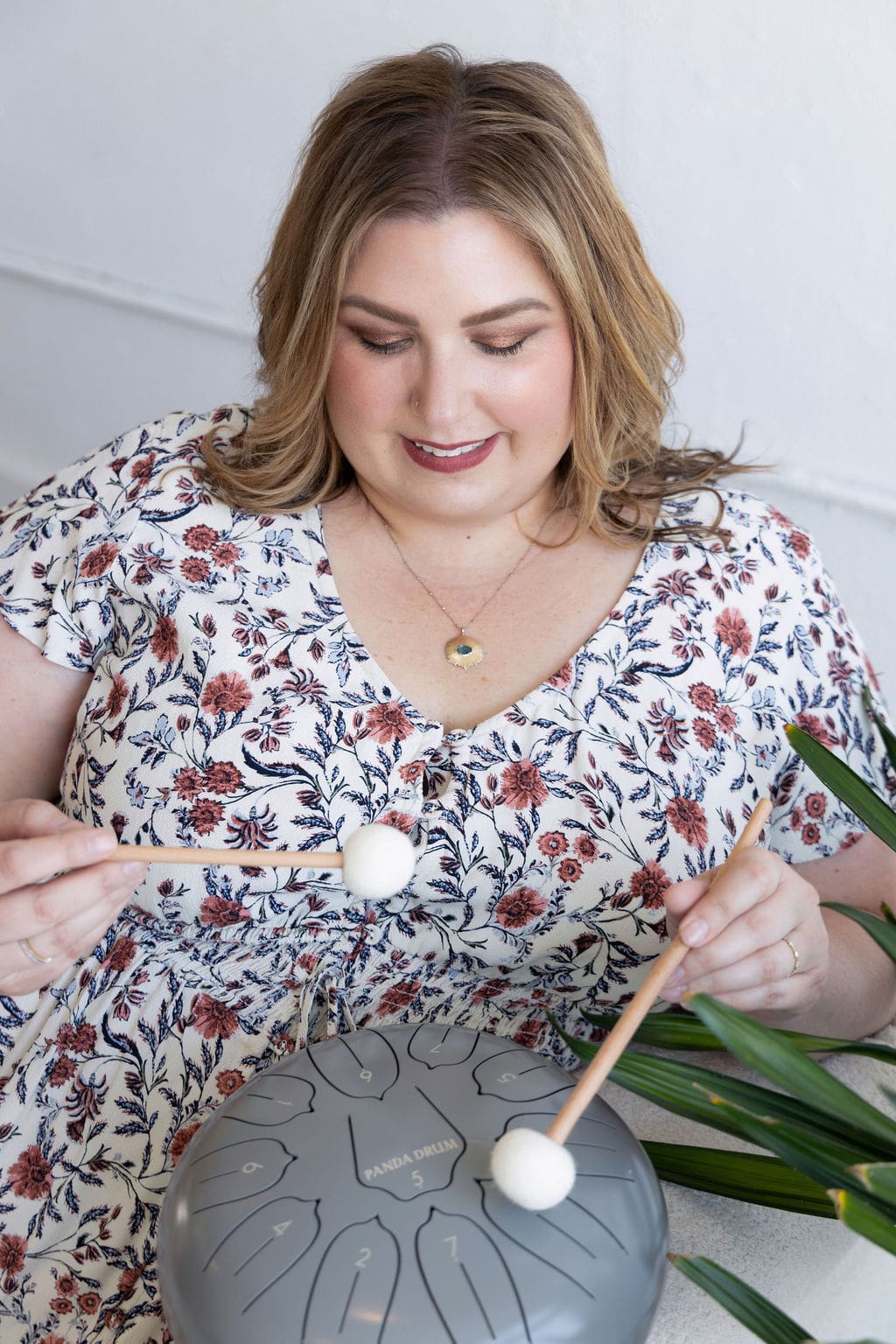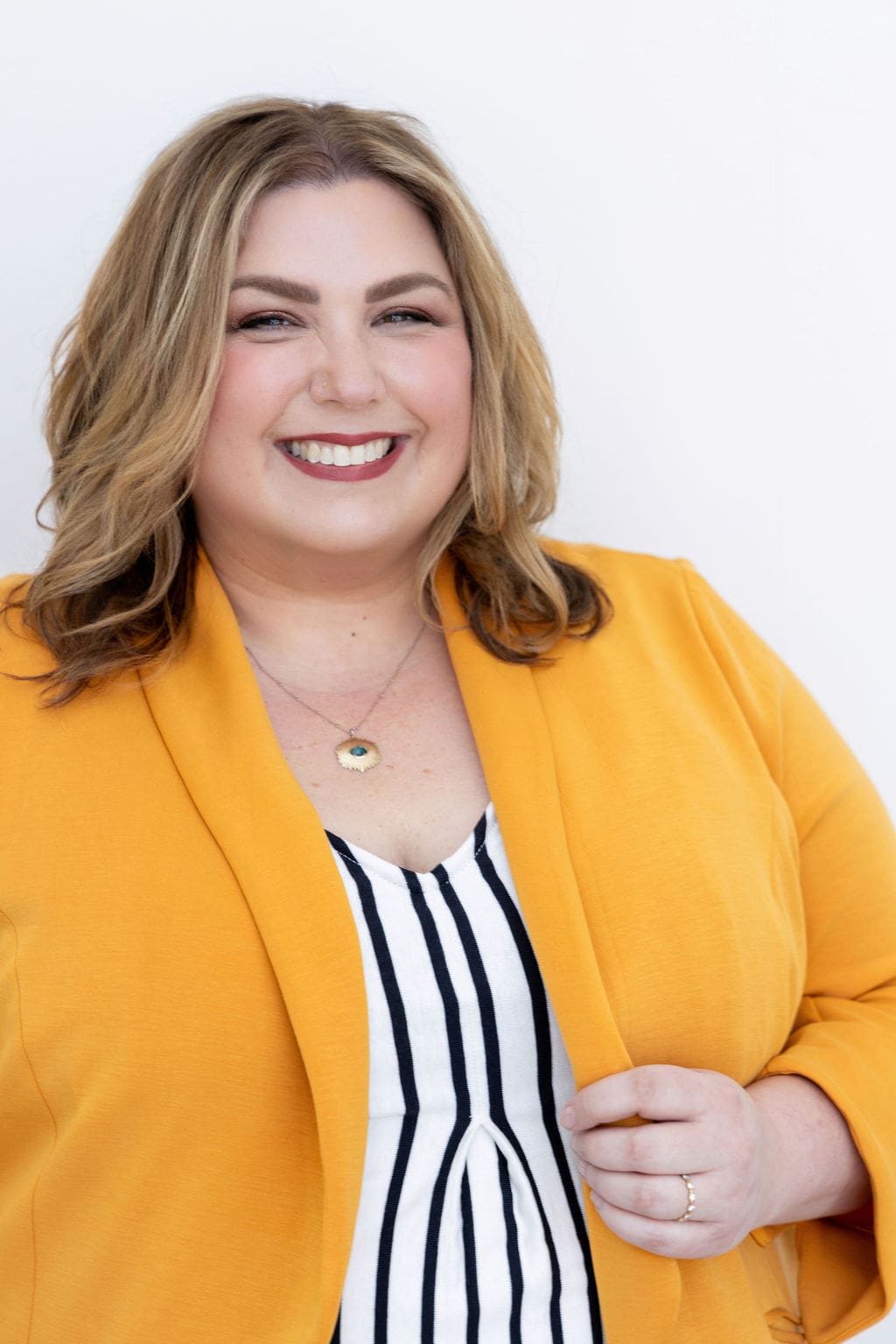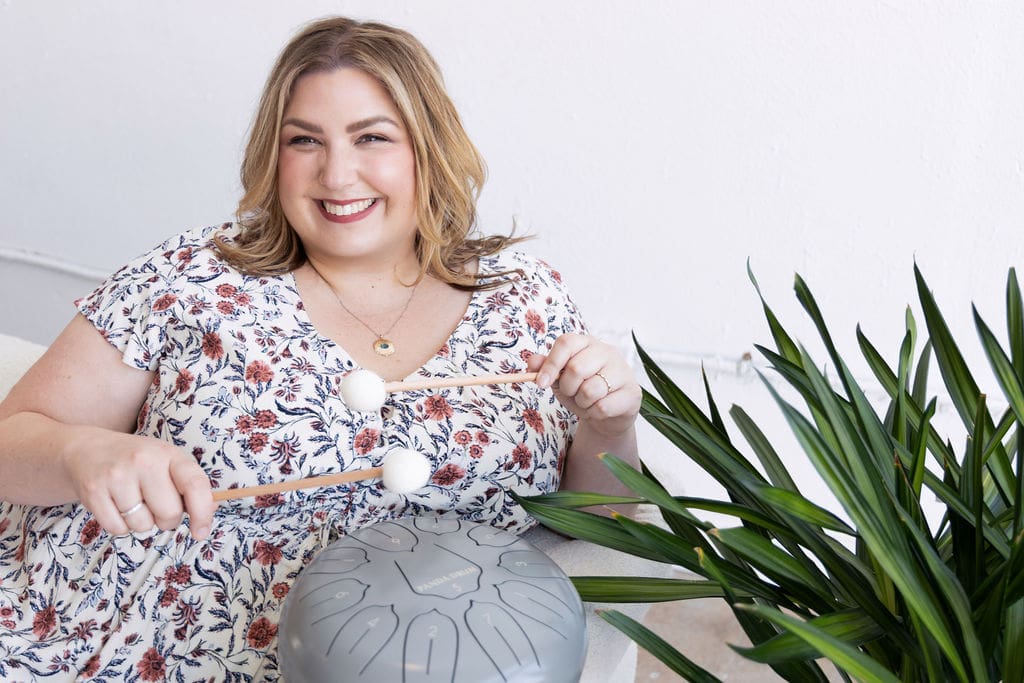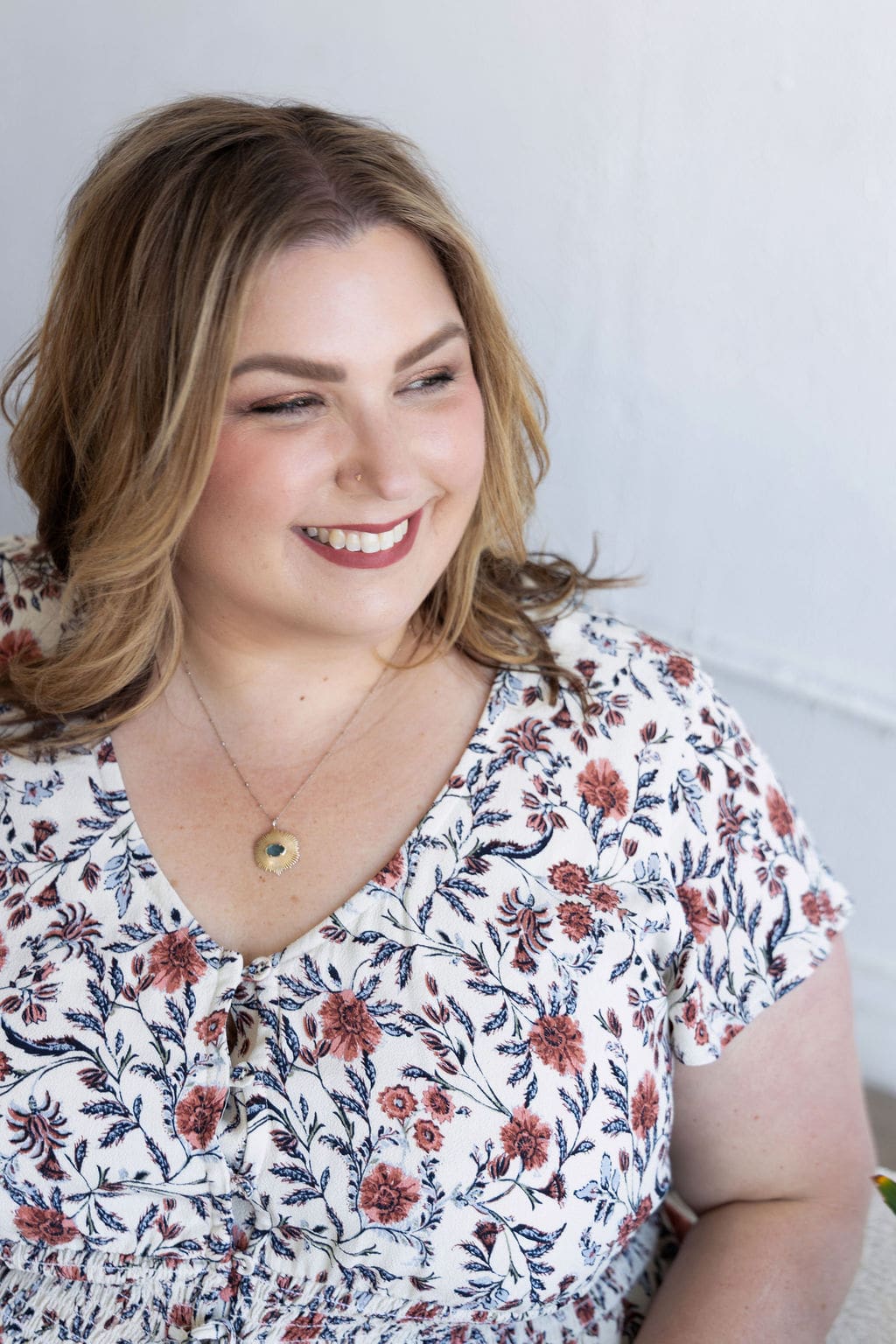TLDR: The holidays bring shifts in routine, emotional intensity, and relational complexities that can activate your nervous system. Understanding your capacity and tending to your body can help you move through the season with more grounded care.
TLDR: The holidays bring shifts in routine, emotional intensity, and relational complexities that can activate your nervous system. Understanding your capacity and tending to your body can help you move through the season with more grounded care.
TLDR: Estrangement and low contact often come after years of trying to be known, believed, and understood. Healing begins when you honor your experience, even when your caregivers will not.
TLDR: Estrangement and low contact often come after years of trying to be known, believed, and understood. Healing begins when you honor your experience, even when your caregivers will not.
TLDR: Holiday gatherings can activate old wounds. Healing means preparing, supporting, and soothing yourself through the process, before, during, and after.
TLDR: Holiday gatherings can activate old wounds. Healing means preparing, supporting, and soothing yourself through the process, before, during, and after.
TLDR: Gratitude is powerful, but it can’t be forced. For trauma survivors, gratitude grows slowly as safety returns to the body.
TLDR: Gratitude is powerful, but it can’t be forced. For trauma survivors, gratitude grows slowly as safety returns to the body.
TLDR: CPTSD teaches the body to expect threat. Healing helps the body discover what safety feels like again.
TLDR: CPTSD teaches the body to expect threat. Healing helps the body discover what safety feels like again.
TLDR: Collective activation can blur the line between stress and threat. Trauma recovery includes learning how to return to safety after activation.
TLDR: Collective activation can blur the line between stress and threat. Trauma recovery includes learning how to return to safety after activation.
TLDR: Grief does not end when life moves on. It becomes part of the landscape of who we are. When we allow it space to exist in our bodies, in our stories, and in community, we move from isolation toward connection.
TLDR: Grief does not end when life moves on. It becomes part of the landscape of who we are. When we allow it space to exist in our bodies, in our stories, and in community, we move from isolation toward connection.
TLDR: Learning to know and communicate your needs is a lifelong practice of self-trust. When you listen inward before speaking outward, you reclaim your agency, rebuild safety within, and strengthen your ability to connect authentically with others.
TLDR: Learning to know and communicate your needs is a lifelong practice of self-trust. When you listen inward before speaking outward, you reclaim your agency, rebuild safety within, and strengthen your ability to connect authentically with others.
TLDR: Many trauma survivors are surprised to discover that calm does not always feel peaceful. Quiet moments can trigger unease, restlessness, or even fear because the nervous system has learned to associate stillness with danger. This response is not failure but a form of protection. By slowly introducing safety in small doses, a process called titration, the body can begin to relearn that calm is trustworthy. Healing happens through gentle practice, patience, and compassion, allowing stillness to eventually feel like rest instead of risk.
TLDR: Many trauma survivors are surprised to discover that calm does not always feel peaceful. Quiet moments can trigger unease, restlessness, or even fear because the nervous system has learned to associate stillness with danger. This response is not failure but a form of protection. By slowly introducing safety in small doses, a process called titration, the body can begin to relearn that calm is trustworthy. Healing happens through gentle practice, patience, and compassion, allowing stillness to eventually feel like rest instead of risk.
TLDR: Control once protected us, but if it remains our only strategy, it keeps us exhausted and disconnected. Attunement is the practice of listening inward and responding with care, helping us find safety through presence rather than vigilance. In spaces like the Healing Your Way Home Retreat, attunement becomes not just a concept but a lived, shared experience of safety.
TLDR: Control once protected us, but if it remains our only strategy, it keeps us exhausted and disconnected. Attunement is the practice of listening inward and responding with care, helping us find safety through presence rather than vigilance. In spaces like the Healing Your Way Home Retreat, attunement becomes not just a concept but a lived, shared experience of safety.
At The Empowered Therapist, Danica firmly believes that everyone is their own expert. Her mission is to guide individuals to their own insights, ensuring they know they're not alone on their journey. Danica understands that healing unfolds in small yet significant doses, fostered through normalization, validation, education, and gentleness. To support your healing journey, Danica and her team offer a broad spectrum of services, including personalized therapy, professional training, immersive events, empowering coaching sessions and so much more. Danica's goal is to create a supportive environment where change is not just possible but inevitable, helping individuals embrace their fullest healing potential and embark on a path of deep self-discovery and lasting change.
last updated 9/6/25

